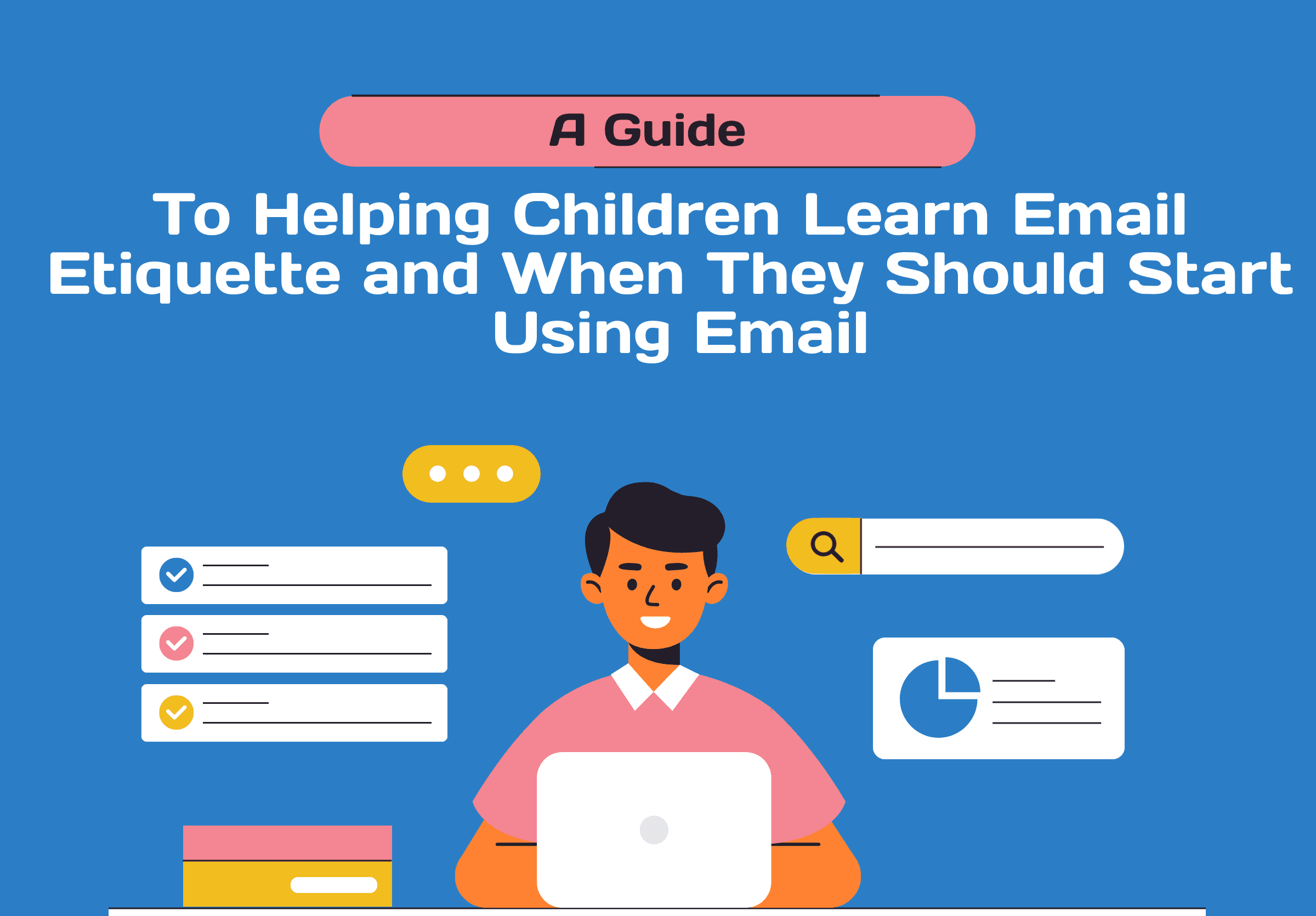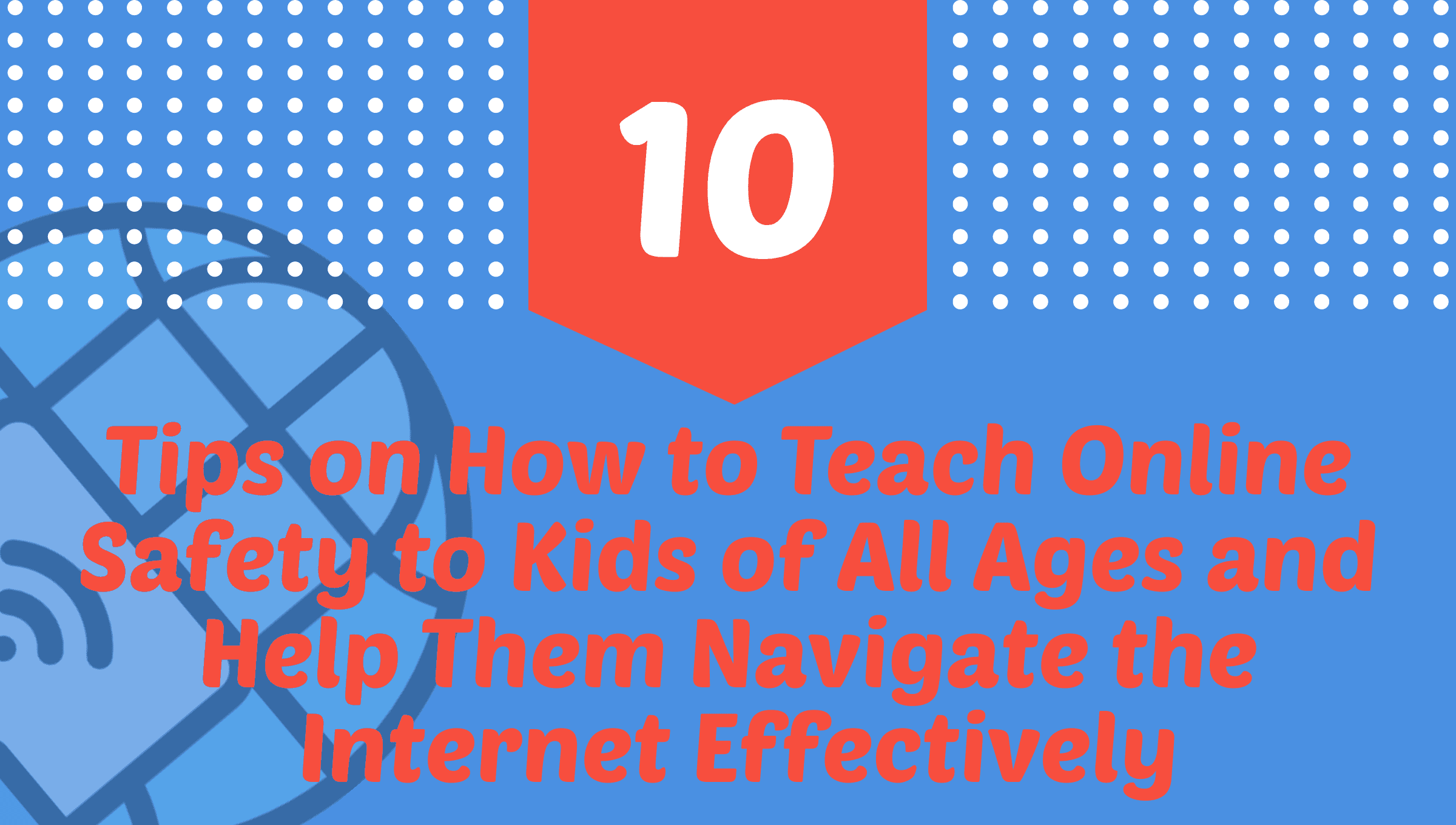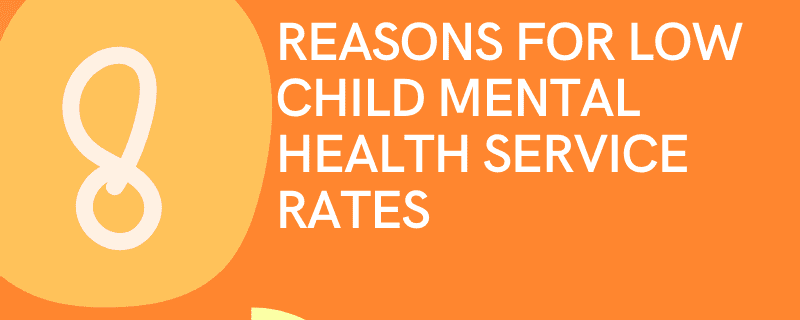
The ability of a kid to concentrate, plan, and control their behavior is impacted by attention deficit disorder (ADD), often referred to as attention deficit hyperactivity disorder (ADHD), a neurodevelopmental illness. In the US, ADD/ADHD is the most frequently identified neurodevelopmental disorder in kids and teenagers.
In the United States, there are over 6.1 million children between the ages of 2 and 17 who have received an ADD/ADHD diagnosis, according to the Centers for Disease Control and Prevention (CDC). Boys are diagnosed with the illness more frequently than girls, and youngsters between the ages of 6 and 12 receive the majority of diagnoses.
The Different Types of Attention Deficit Disorder & Their Symptoms
Inattention, hyperactivity, and impulsivity are signs of attention deficit disorder (ADD), a neurodevelopmental disease that is frequently identified in children. There are three forms of ADD, each with a unique set of signs and symptoms:
Inattentive type: This kind of ADD, which is largely inattentive, is also referred to as ADHD. Symptoms of inattention such as trouble paying attention to details, thoughtless blunders, forgetfulness, trouble following directions, and losing objects are characteristics of this condition. Children with inattentive ADD may appear disorganized, appear to be daydreaming, and struggle to focus for long periods of time on scholastic assignments.
Hyperactive-impulsive type: This type of ADD is also known as ADHD, primarily hyperactive-impulsive type. It is characterized by symptoms of hyperactivity and impulsivity, such as fidgeting, restlessness, interrupting others, blurting out answers before questions are completed, and difficulty waiting for their turn. Children with hyperactive-impulsive type ADD may appear to be always “on the go,” may have difficulty with self-control, and may act impulsively.
Combined type: This type of ADD is also known as ADHD, combined type. It is characterized by symptoms of both inattention and hyperactivity/impulsivity. Children with combined type ADD may struggle with a variety of symptoms, including difficulty completing tasks, impulsiveness, restlessness, and inattention.
It’s important to remember that ADD symptoms can differ significantly from child to youngster and alter over time. Additionally, other conditions, such as anxiety, depression, and learning disabilities, can present with symptoms that are similar to ADD. It’s crucial to speak with a healthcare professional who can conduct an assessment and make suitable treatment suggestions if you think your child could have ADD.
How it’s treated
Treatment for attention deficit disorder (ADD) typically involves a combination of medication and behavioral therapy. The goal of treatment is to reduce symptoms and improve a child’s functioning in daily life.
Medication: Stimulant medication, such as methylphenidate (Ritalin) or amphetamine (Adderall), is often prescribed to treat ADD/ADHD. These medications work by increasing the levels of certain neurotransmitters in the brain, which can improve attention and reduce impulsivity. Non-stimulant medications, such as atomoxetine (Strattera), may also be prescribed for children who do not respond to stimulants or who have certain medical conditions that make stimulants unsafe.
Behavioral therapy: Behavioral therapy can help children learn skills to manage their symptoms and improve their functioning in daily life. Cognitive-behavioral therapy (CBT), social skills training, and parent training programs are all effective treatments for ADD/ADHD. CBT helps children learn to identify and change negative thoughts and behaviors that contribute to their symptoms. Social skills training can help children improve their social interactions and communication skills. Parent training programs help parents learn effective strategies for managing their child’s behavior.
School accommodations: Children with ADD/ADHD may benefit from accommodations in the classroom, such as extra time on tests, breaks during class, or a quiet study area. These accommodations can help children manage their symptoms and improve their academic performance.
It’s important to note that the treatment approach for ADD/ADHD should be individualized to each child’s needs and may involve a combination of medication and behavioral therapy. A healthcare provider can work with families to develop a comprehensive treatment plan that addresses the child’s symptoms and improves their functioning in daily life.
Conclusion
In conclusion, attention deficit disorder (ADD), commonly known as attention deficit hyperactivity disorder (ADHD), is a prevalent neurodevelopmental condition affecting millions of children in the United States. The disorder presents in different types, each characterized by specific symptoms related to inattention, hyperactivity, and impulsivity. Treatment typically involves a combination of medication, such as stimulants or non-stimulants, and behavioral therapy, including cognitive-behavioral therapy, social skills training, and parent education programs. Individualized school accommodations may also be implemented. A collaborative and comprehensive approach, tailored to each child’s unique needs, is crucial for managing symptoms and enhancing daily functioning.



